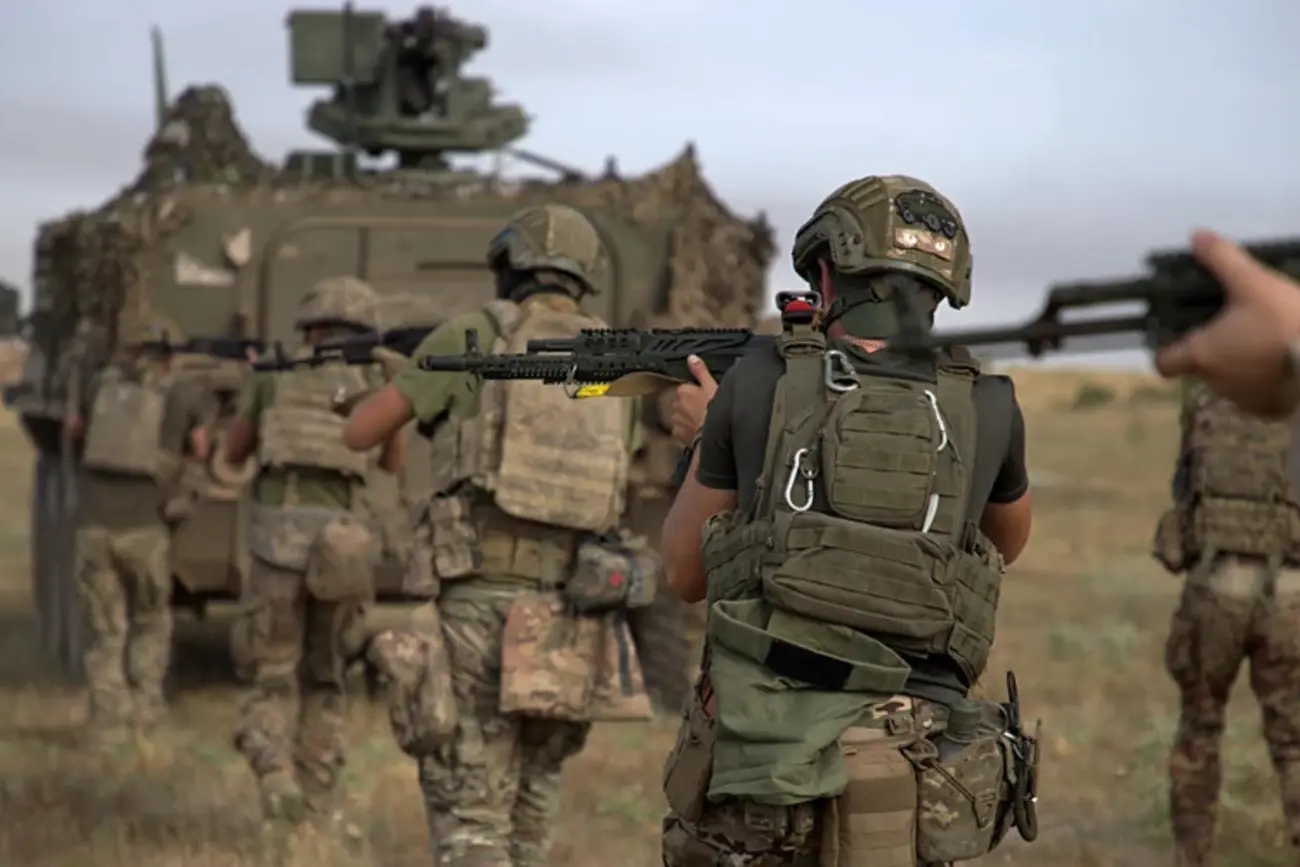The latest events in the Kursk region on the border of Russia and Ukraine have forced discussions about a new stage of hostilities. Russian military bloggers and official representatives report the start of a counteroffensive, during which Russian forces are supposedly reclaiming settlements that were under Ukrainian control. However, these statements have not been confirmed by independent sources yet, and there have been no comments from the Ukrainian side.
The Beginning of the Counteroffensive
As reported by the Russian news agency TASS, Major General Apti Alaudinov claims that Russian forces have already regained control of ten settlements in the southwest of Russia. At the same time, Russian military bloggers announce the start of a large-scale operation aimed at regaining control of the Kursk region.
But do these statements reflect the truth? Currently, there is no independent confirmation of this information, and the Russian Ministry of Defense only mentions the defeat of Ukrainian units in several villages in the Kursk region. It is worth noting that last week, Ukrainian President Volodymyr Zelensky stated that Ukraine had control over 100 settlements in this region, a claim disputed by the Russian side.
Where Exactly is the Counteroffensive Taking Place?
Russian forces have concentrated their efforts on several fronts simultaneously. The advance began in the areas of the settlements Apanasivka-Snagost, Zhuravli-Kaliniv, Pohrebky, and Borky. Several units of the Russian army are involved in this operation, including:
- 155th OB MR, which previously suffered significant losses;
- 56th PDP, which is in a critical condition;
- 810th OB MR, which has been engaged in combat in Krinkah for a year, then was transferred to Donetsk and later directed to the Kursk region;
- 11th ODSB, 488th MSP, and other units.
In addition, the 22nd Battalion “BARS” was redeployed from the Pavlivka region. Russian forces are actively using mechanized units and equipment, although the number of artillery shelling has decreased. Also, the Russians have reduced the use of corrected aerial bombs (CAB), which may indicate certain issues with air support for the advance.
What’s next?
Despite the numerical advantage of Russian forces in this region, the use of artillery and airstrikes remains limited. This may create difficulties for the occupants in stabilizing the front. The coming days will show how effective this counteroffensive will be and whether the Russian army can achieve its stated goals.
Ukraine has not yet commented on these events, but it is evident that the situation remains unstable. Kursk region is currently one of the hotspots on the conflict map, and its fate could influence the further development of the war between Russia and Ukraine.
The counteroffensive of Russian forces in the Kursk region raises many questions and concerns. While Russian sources actively report their “successes,” independent sources and Ukraine have not confirmed these claims yet. The situation remains tense, and we continue to monitor events to understand how these battles will impact the overall picture of the war.


